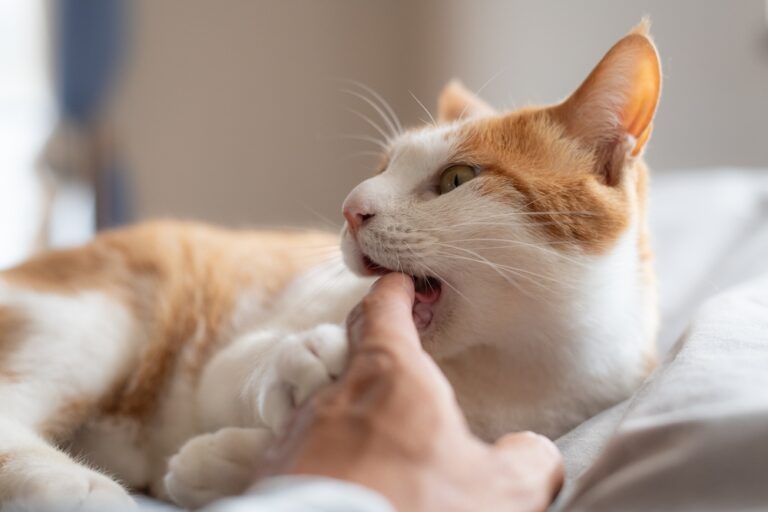The Bond Between Humans and Dogs
Dogs have been a part of human life for thousands of years. This long history has created a unique bond. People are naturally attracted to the loyal companionship of dogs. Their behavior often mirrors ours, making them relatable. This relationship goes beyond mere ownership. It becomes a deep connection that influences how we perceive their cuteness.
Physical Traits
Many of a dog’s physical attributes contribute to their perceived cuteness. Large eyes in proportion to their face can evoke nurturing emotions. This effect is similar to how people react to human babies. Puppy eyes, floppy ears, and rounded faces are features that trigger the brain’s reward center. The wide variations in breeds offer diverse kinds of physical appeal, from the sleek and slender to the small and fluffy.
Facial Expressions
Dogs are masters at using facial expressions to connect with humans. They raise their eyebrows to appear more expressive and empathetic. This is often referred to as the ‘puppy dog eyes’ look. This simple expression plays into our emotional wiring designed to protect and nurture. Such interactions enhance their cuteness by making them appear more communicative and appealing.
Body Language
- Tail Wagging: A universal sign of happiness.
- Play Bow: Signals readiness for fun.
- Belly Display: Indicates trust and submission.
These actions convey emotions in ways humans easily understand. This non-verbal communication boosts their charm.
Behavior and Personality
The playful antics of dogs add to their cuteness. Chasing their tails and quirky habits make them endlessly entertainment. Their eagerness to please and innate loyalty enhance their charm. Each dog’s unique personality is appealing, whether shy or outgoing. Owners often become attached to these behaviors, deepening affection towards their pets.
Human-Like Behavior
Dogs often mimic human actions unintentionally, which can be endearing. Sitting beside their owners, observing activities, or responding to commands are examples. These behaviors give the impression of understanding and companionship, making dogs more relatable.
The Science Behind Cuteness
Research has shown why we find dogs cute. The features that make puppies cute promote bonding and caregiving behavior in humans. This is part of an evolutionary process, ensuring that humans care for their canine companions. Oxytocin, known as the ‘love hormone,’ plays a significant role. When we interact with dogs, our bodies release this hormone, enhancing feelings of affection.
Infantile Features
These features are crucial in the development of attachments. Scientists propose that we have developed a response to these traits because they appear in infants of many species. This emotional reaction ensures that adults protect and care for the young, including puppies. Thus, dogs’ cuteness is part of a biological design to elicit care and protection.
The Impact of Popular Culture
Movies, television, and social media have further popularized the idea of cute dogs. Memorable canines from fiction become cultural icons. Animated films and digital content highlight these adorable features, amplifying their appeal. The sharing of dog videos and memes often centers on their cuteness, creating a digital culture around their charm.
Social Media Influence
The rise of ‘dog influencers’ on platforms like Instagram and TikTok showcases their cuteness to vast audiences. Their antics and appearances manage to captivate millions, reinforcing the idea of their lovable nature. This constant exposure builds a wider cultural appreciation for diverse breeds and personalities.
Training and Interaction
The process of training a dog also taps into their potential for cuteness. Teaching tricks not only showcases a dog’s intelligence but also emphasizes their interactive nature. Tricks like ‘sit,’ ‘shake hands,’ or ‘roll over’ highlight their willingness to engage, making them more endearing. These interactions foster strong bonds and rely on mutual enjoyment of each other’s company.
Conclusion
For many, dogs are more than just pets. They become family members, offering love and companionship. Their cute physical traits and charming behaviors play an essential role in this dynamic. Understanding why dogs are so cute involves looking at physical, behavioral, psychological, and cultural influences. Each factor contributes to the beloved status that dogs enjoy worldwide.




Subscribe for Updates
Get the latest articles delivered to your inbox.
We respect your privacy. Unsubscribe anytime.